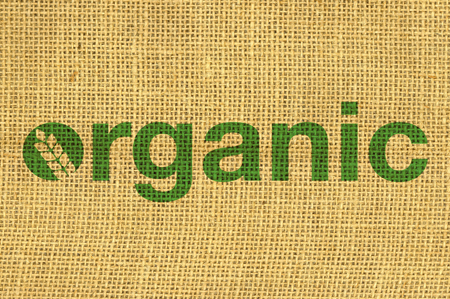 (Ag Professional) – Consumers speak with their wallets, and right now, those wallets are opening more and more for organic and non-GMO crops. And U.S. production isn’t keeping up, according to a new report from CoBank.
(Ag Professional) – Consumers speak with their wallets, and right now, those wallets are opening more and more for organic and non-GMO crops. And U.S. production isn’t keeping up, according to a new report from CoBank.
CoBank says a sharp rise in organic grain imports last year has caused some food manufacturers to look into new incentives for U.S. growers interested in organic production. U.S. production of non-GMO crops are on the rise, CoBank notes, but says domestic production of organic corn and soybeans falls significantly short of current demand.
“Domestic supplies of non-GMO corn and soybeans increased steadily in 2016, as growers converted acreage and captured moderate market premiums,” says Dan Kowalski, director of CoBank’s Knowledge Exchange Division. “Transitioning to organic production, however, is a multiyear, risk/reward calculation that’s likely holding some U.S. growers back from taking advantage of the market opportunity.”
Organic corn imports doubled from 2015 to 2016, and domestic production for organic soybeans only met 20% of the domestic demand. Analysts say anywhere between 1 million and 5 million U.S. acres would need to transition to organic production to fully meet the current demand.
“Apprehension among growers is likely fueled by the three-year transition period before their crops can be certified as organic,” Kowalski says. “Remaining profitable during that period is often a struggle, and coupled with the volatility of organic price premiums in 2016, grower uncertainty about the sustainability of financial rewards for transitioning to organic is warranted.”
CoBank notes some leading food manufacturers have incentivized farmers making the transition in a variety of ways, including providing free agronomic services to contract farmers and paying premiums to transitional acres. Farmers can also pursue a new transitional certification that allows them to capture prices somewhere in between organic and nonorganic crops, Kowalski says.
Proximity to local markets is another critical factor that can make or break an organic operation, Kowalski adds.
“If local buyers don’t exist, the cost of logistics involved with transportation can quickly erode pricing premiums, leaving little incentive to grow specialty crops,” he says.
Demand for non-GMO and organic crops will continue to rise, Kowalski says. Monetary incentives (or lack thereof) will ultimately determine to what degree U.S. farmers will step in and close the existing supply gap.

